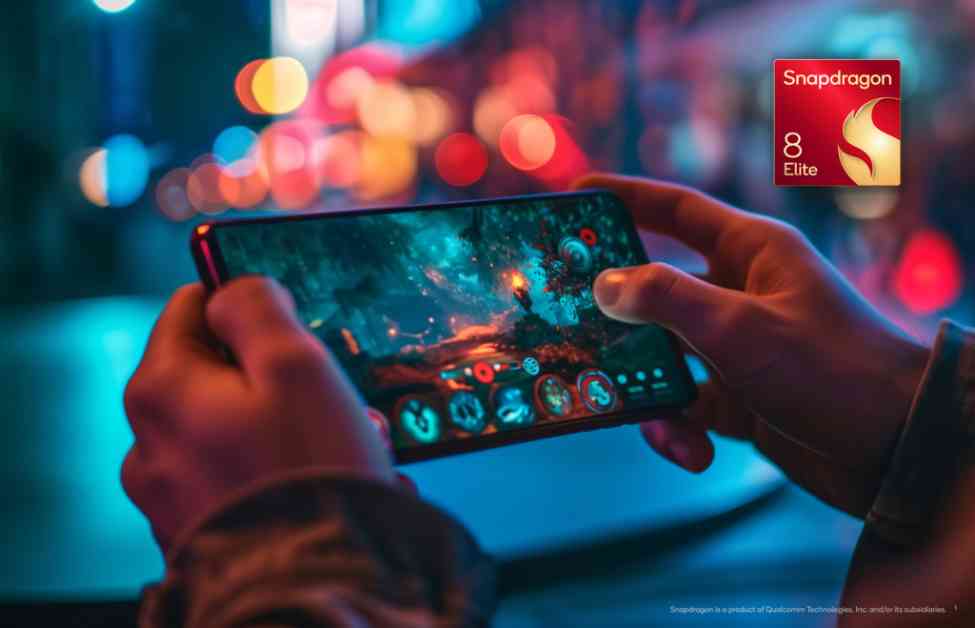Qualcomm recently unveiled its latest Oryon CPUs and the Snapdragon 8 Elite at the Snapdragon Summit in Maui. These chips, although initially designed for phones, showcase the potential for the next-gen Oryon CPU core to make its way into PCs in the future. The company introduced a new second-generation Oryon CPU core, featuring “prime” cores and enhanced performance in its existing cores.
While there has been no official confirmation from Qualcomm regarding the integration of these new Oryon cores into PCs, the Snapdragon 8 Elite is set to be incorporated into phones. The improvements in the Oryon CPU, graphics core, and NPU have led to a chip that offers 45% more multi-core performance and consumes 44% less power compared to its predecessor. The Snapdragon 8 Elite is manufactured using a 3nm process from TSMC.
A notable enhancement in the Snapdragon 8 Elite is the inclusion of faster “prime” cores. The chip features two prime cores running at 4.32GHz along with additional performance cores running at 3.53GHz. These cores operate within two clusters with 12MB of level-2 cache, contributing to the overall performance of the chip. The updated GPU in the Snapdragon 8 Elite provides 40% more performance than the Snapdragon 8 mobile platform and 35% faster performance in ray tracing.
Moreover, Qualcomm has improved the NPU in the Snapdragon 8 Elite, making it 45% faster and equipping it with an integrated 6-core vector accelerator and an 8-core scalar accelerator. The demonstration showcased the AI capabilities of the chip, emphasizing its efficiency in various applications, from AI chatbots to interpreting scenes through the smartphone camera.
Qualcomm concluded by suggesting that a smartphone equipped with its next-gen Oryon CPU could outperform a laptop with Intel’s Lunar Lake processor. While the official release date and full capabilities of this new technology are yet to be seen, the advancements signal a significant shift in the landscape of CPU and GPU performance for mobile devices and potentially PCs.











